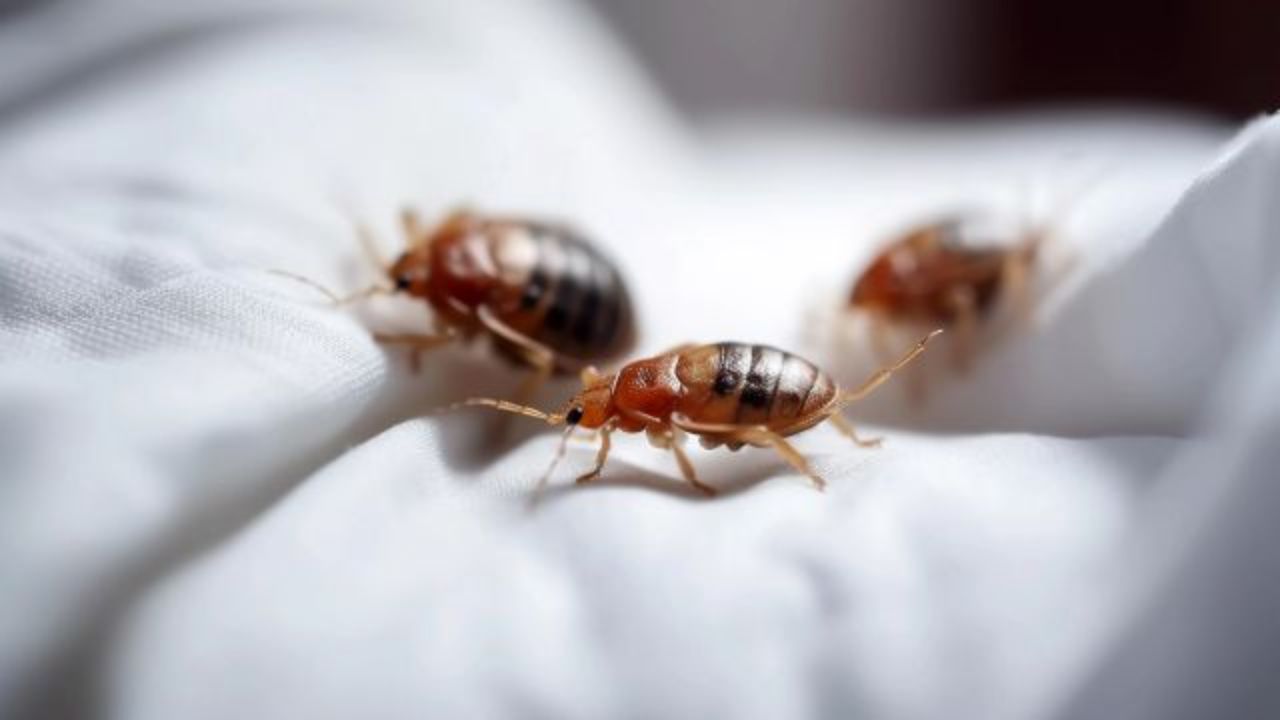Bed bugs are tiny insects that feed on blood and are known for infesting homes, hotels, and places where people sleep. They are difficult to eliminate and can cause itching, allergies, and psychological distress.
According to a recent report by Orkin, a pest control company, Montana ranks among the states with the highest number of bed bug infestations in the United States. The report assessed the top 50 cities based on Orkin’s bed bug treatments from January to December 2023, with three Montana cities—Billings, Great Falls, and Missoula—making the list.
Billings ranks 16th nationally
Billings, Montana’s largest city, climbed to 16th place nationally for bed bug infestations, up from 25th in 2022. This indicates a higher prevalence of bed bug issues compared to larger cities like Denver, Seattle, and Boston.
Local pest control experts attribute the rise in bed bug cases in Billings to factors such as increased travel, lack of awareness, and resistance to pesticides. Bed bugs can hitch a ride on luggage, clothing, and furniture, spreading easily. Many individuals are unaware of how to identify or prevent bed bugs, inadvertently bringing them home or to work. Moreover, bed bugs can survive standard insecticides, requiring specialized treatments for elimination.
Great Falls and Missoula also on the list
Great Falls and Missoula, two other major cities in Montana, also appeared on the list of the most bed bug-infested cities in the United States. Great Falls ranked 41st, up from 44th in 2022, while Missoula ranked 47th, up from 49th in 2022. These rankings illustrate that bed bug infestations affect not only urban areas but also smaller and rural communities.
The reasons behind the increase in bed bug cases in Great Falls and Missoula mirror those in Billings. Additionally, factors such as the presence of military bases, universities, and hospitals may contribute, attracting travelers and transient populations and offering ideal habitats for bed bugs.
Preventing and treating bed bug infestations
Vigilance and proactive measures are key to preventing bed bug infestations. Here are some tips to avoid bringing bed bugs into your home or workplace:
- Thoroughly inspect hotel rooms or any other accommodation for signs of bed bugs, such as live or dead bugs, blood stains, or fecal spots on bedding, furniture, or walls.
- Keep luggage and belongings away from beds and other potential hiding spots, using plastic bags or covers for protection.
- Upon returning home, launder and dry clothing at high temperatures, and vacuum luggage and items.
- Regularly check your home, especially the bedroom, for signs of bed bugs, and use mattress and box spring encasements for protection.
- If bed bugs are suspected, refrain from attempting self-treatment, as this may worsen the situation. Contact a professional pest control company specializing in bed bug treatments and follow their guidance.
Bed bugs pose a significant and increasing challenge in Montana and nationwide. By staying informed and taking precautions, individuals can minimize the risk of encountering these pests and mitigate their effects.
What Are the Health Risks Associated With Bed Bugs
The health risks associated with bed bugs include a variety of negative physical health, mental health, and economic consequences. While bed bugs have not been shown to transmit diseases, they can lead to allergic reactions to their bites, ranging from mild to severe, with rare cases of anaphylaxis. Additionally, bed bug bites can result in secondary skin infections like impetigo and ecthyma.
The mental health impacts of living in infested homes can cause anxiety, insomnia, and systemic reactions. Overall, the presence of bed bugs can lead to significant discomfort, stress, and potential health issues for individuals affected by infestations.
What Are the Long-term Effects of Bed Bug Infestations
The long-term effects of bed bug infestations can have significant impacts on both physical and mental health. Prolonged exposure to bed bugs can lead to chronic sleep deprivation, which can result in fatigue, impaired cognitive function, and increased risk of accidents.
Additionally, the stress and anxiety caused by living in an infested environment can contribute to emotional distress, potentially leading to unhealthy behaviors like smoking and drinking, weakened immune system, and increased susceptibility to infections. Furthermore, the financial burden of dealing with recurring damage to furniture and the cost of replacing infested items can add to the long-term consequences of bed bug infestations.
What Are the Most Effective Treatments for Bed Bug Infestations
The most effective treatments for bed bug infestations include a combination of methods to ensure comprehensive control and eradication. These methods are:
Integrated Pest Management (IPM): Implementing IPM involves a combination of common-sense practices such as inspection, monitoring, reducing clutter, sealing cracks, using barriers, non-chemical methods, and judicious pesticide use if necessary.
Professional Extermination: Hiring a professional exterminator who can develop a management plan tailored to the specific infestation is highly effective. Professionals may use treatments like heat treatment, steam treatment, or chemical treatment to eliminate bed bugs.
Desiccants: Desiccants work by destroying the waxy, protective outer coating of bed bugs, causing them to dehydrate and die. Examples of desiccants include diatomaceous earth and boric acid, which are effective tools in bed bug control.
Biochemicals: Cold pressed neem oil is a biochemical pesticide registered for use against bed bugs. It contains compounds with insecticidal properties and has shown effectiveness in controlling bed bug adults, nymphs, and eggs.
Insect Growth Regulators: These chemicals mimic juvenile growth hormones in insects, disrupting their growth and development. Insect growth regulators can be effective in controlling bed bug populations by targeting their reproductive cycle.
Pyrethrins and Pyrethroids: Pyrethrins and pyrethroids are common compounds used to control bed bugs. While they can be effective, some bed bug populations have developed resistance to these chemicals, so using a combination of products or switching to different chemical classes may improve control.
Heat Treatment: Heat treatment is ideal for large infestations and can penetrate walls to reach hidden bed bugs. It raises the indoor temperature to a level that bed bugs cannot survive, effectively eliminating the infestation in one visit.
By combining these effective treatments and strategies, individuals and professionals can successfully combat bed bug infestations and ensure thorough eradication.

